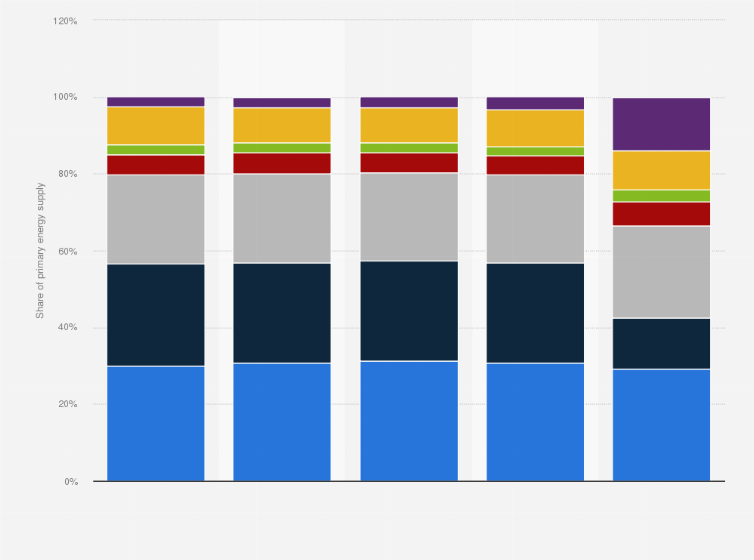Global primary energy demand breakdown by fuel type 2020-2050
The global energy landscape is shifting, reflecting a growing emphasis on renewable energy sources and the evolving nature of global energy consumption patterns. In 2023, fossil fuels accounted for almost 80 percent of global primary energy demand, but this figure is projected to decrease to approximately 66 percent by 2050.
China's energy consumption leadership
Since the beginning of the 2000s, global energy consumption has recorded an average increase of two percent year-over-year, reaching 620 exajoules in 2023. China has emerged as the world's largest consumer and producer of energy, using approximately 170.7 exajoules of primary energy in 2023. The country’s energy consumption has recorded a steep growth over the last two decades, overtaking the United States -the second-largest energy supplier and consumer - around 2005. The country's dominance in energy consumption underscores its pivotal role in shaping global energy trends and environmental policies.
Fossil fuels and the rise of renewables
Although fossil fuels continue to dominate global primary energy consumption, the energy landscape is evolving, with renewable energy sources gaining ground. Investment in renewable energy has grown to over 600 billion U.S. dollars per year in 2023, signaling a gradual shift towards more sustainable energy solutions. Although clean energy spending requirements for meeting the Paris Agreement targets are higher, this trend is expected to continue, potentially reshaping the global energy mix in the coming decades.











